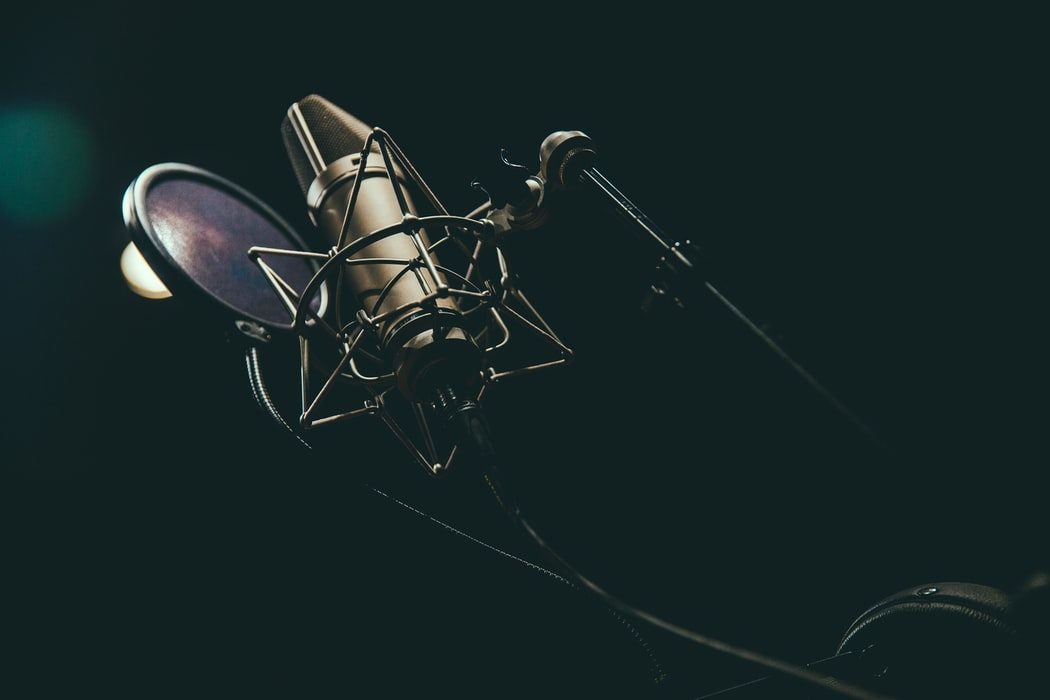Browsing through piles of samples to seek out the right sound for your beat is like looking for a needle in a haystack. To hear the way a sample sounds in context with your beat it has to match your beat’s key and tempo. The best way to do this is with pitch shifting and time stretching. The best part is free time stretching and pitch shifting tools exist that will help you independently change the tempo or key of any sample you discover. It’s remarkable how this technology changes all the things about beat-making. In this article, we’ll explore why time stretching and pitch shifting tools are so useful to every music producer—and we’ll take a look at specific ways you should use them in your music-making workflow.
Soundcloud Promotion
Recording music is a tricky process. There are many technical details to take care of before you start laying down takes. And even then, getting an excellent performance takes dedication.
That’s the reason why producers developed the modern music production techniques that help craft the polished sound of a final track.
One of the best and most helpful tips for tracking known as punching in. It’s a hard true technique that helps you record your tracks cleaner, faster, and more easily.
In this guide, we’ll explain what punching in is and you’ll know the way to use it for a better workflow.
Let’s get started.
Keep reading to explore more rap styles that define the revolution of rhythm and beat.
Editing vocals is the crucial step that comes just before mixing in your vocal production workflow.
Great editing is important to a polished vocal sound. It’s the process that cleans up all the problems in a raw track so they’re ready to be mixed loud and upfront in a song.
But vocal editing can be frustrating. It takes time and there are lots of small details to get right.
Even so, it doesn’t have to be intimidating. Editing vocals is easy as long as you understand the basic concepts behind them.
In this article, I’ll go through everything you need to know to get a perfect vocal edit.
The vocal is the centerpiece of a song. They need to draw listeners in and hold their attention all the way through the track. That’s why inventive vocal processing has become an important part of modern vocal production.
Vocal processing means the creative production techniques that transform raw vocals into stylish studio sound design.
In this article, we’ll go through 10 processing types that will give your vocals a unique texture—and even turn them into something completely new.
It’s easy to find inspiration and energy when you’re exploring and writing music for the first time. But the longer you make music in the same predictable ways, the more difficult it is to feel engaged and challenged. This is where exploring new music genres comes in. When the usual ways of producing music aren’t exciting and rewarding anymore, it’s the right time for a major shakeup. Exploring a new music genre as an exercise is always a great way to do it, here are three reasons why.
Keep reading to know more about Timbre in music production.
The sounds you use in your every track have their own distinct character. Whether they come from VSTs, sample packs, or your audio interface, the quality that makes them unique is known as timbre. Timbre is a basic idea in music that impacts everything from sound design to arrangement and mixing. With such a basic topic it can be tough to know where to begin. So, what is timbre in music production and the way it’s relevant to your workflow? We will explore in this article.
Keep reading to know more of 50 music symbols that help you understand written music.
In sheet music, music symbols describe the way we play a particular piece of music.
That’s why sheet music is still so necessary for communicating how to play a piece of music.
However, written music uses a lot of different symbols to describe what to play exactly and it can be confusing to know what each symbol means.
That’s the reason why we’ve put together a master list of music symbols you need to know to read sheet music.
Let’s learn the 50 most important music symbols!










